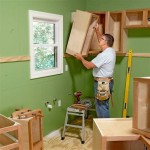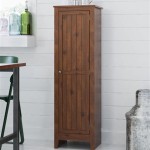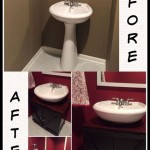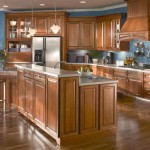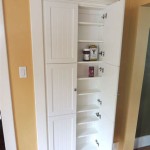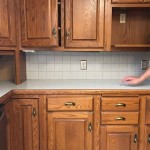Cabinet Hardware Placement Guidelines: Ensuring Functionality and Aesthetics
Cabinet hardware, such as knobs or handles, plays a crucial role in both the functionality and aesthetic appeal of your kitchen or bathroom. Correctly positioning these elements is essential to ensure ease of use, comfort, and a cohesive design. Here are some essential aspects to consider when determining cabinet hardware placement.
### Drawer Hardware PlacementFor drawers, the placement of the hardware should primarily consider comfort and ease of use. The most common location is in the center of the drawer front, aligned vertically. This provides a balanced and comfortable grip point for opening and closing the drawer.
However, there are some variations you can consider to enhance style or functionality. For instance, placing the hardware slightly off-center can create an asymmetrical design element. Alternatively, if you have multiple drawers stacked vertically, placing the hardware just below the bottom edge of the upper drawer can provide a more seamless look.
### Door Hardware PlacementWhen it comes to doors, hardware placement should consider both functionality and aesthetics. The most traditional placement is at the center of the door front, aligned either vertically or horizontally. This provides a classic and balanced look.
For a more contemporary or industrial feel, you can opt for vertical hardware placement off-center. This creates a more dynamic appearance and draws attention to the shape of the door. Alternatively, you can place the hardware on the top or bottom edge of the door for a more minimalist and streamlined look.
### Horizontal SpacingThe horizontal spacing between cabinet hardware is another important consideration. For adjacent drawers or doors, the hardware should be spaced evenly to create a cohesive look. Typically, the distance between each piece of hardware should be approximately 3-6 inches.
For corner cabinets or cabinets with multiple doors, you may need to adjust the spacing to ensure functionality. For instance, on a double-door cabinet, the hardware should be placed at approximately one-third and two-thirds of the door width from the edges.
### Vertical AlignmentVertical alignment refers to the consistency in hardware placement height across different cabinets. For a polished and professional look, all hardware should be aligned vertically on adjacent or stacked cabinets.
To ensure vertical alignment, measure the distance between the bottom of the cabinet and the center of the hardware. This measurement should be consistent for all cabinets, regardless of size or shape.
### Height from Countertop or FloorThe height of the hardware from the countertop or floor is crucial for proper ergonomics and aesthetics. For drawers, the hardware should be positioned between 2-3 inches above the countertop surface for easy reach and grip.
For doors, the hardware should be placed approximately 3-4 inches from the top of the countertop or 12-18 inches from the floor. This height provides a comfortable grip point and prevents the hardware from interfering with countertops or appliances.
### ConclusionBy following these cabinet hardware placement guidelines, you can ensure that your cabinetry not only looks visually appealing but also functions seamlessly. Remember to consider factors such as drawer or door type, horizontal spacing, vertical alignment, and height from surfaces to achieve the desired aesthetic and functionality.
With careful planning and execution, you can transform your cabinets from mere storage spaces into stylish and practical elements that enhance the overall ambiance of your home.

Cabinet Hardware Placement Guide

The Ultimate Guide For Cabinet Hardware Placement And Sizing Kitchen Inspiration Design

Cabinet Hardware Placement Guide

How To Install Cabinet Handles Straight Without Losing Your Mind

Hardware Guide

Design 101 Cabinet Hardware Placement Lark Linen

A Designer S Guide To Hardware Placement Kitchen Knobs And Pulls Cabinets Shaker

Where To Place Cabinet Hardware Emtek

Guide For Hardware Positioning Mockett

Cabinet Hardware Placement Guide Door Shaker
Related Posts


